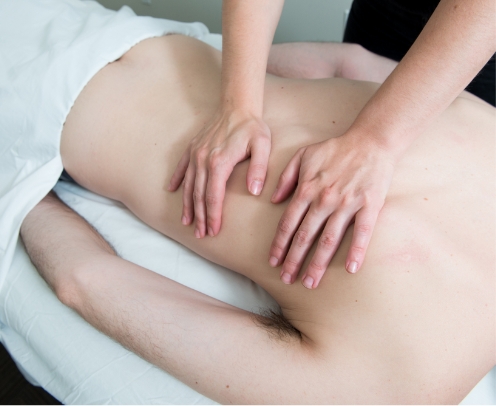What to Expect During Your First Massage
There are a lot of new clients, young and old, getting their first massage treatments here at ViVi Therapy. Some people new to massage can feel really uncomfortable with the thought of a stranger touching them—and that is totally understandable! For any of you who are slightly nervous about your first treatment, or just want to know what to expect, I’ll give you a brief run down of what a typical treatment with a Registered Massage Therapist looks like.
Pre-Treatment:
Before you go into the treatment room, you will be asked to fill out a medical history form. This informs your therapist about what you and your body have gone through in the past, and what you are currently going through, so that they can provide a massage that is safe and tailored to your needs.
Many therapists will sit down with you before beginning your massage to talk about any health concerns, why you are coming in that day, and ask questions about your life and daily activities that may contribute to any of your aches and pains. If you are experiencing pain or lack of mobility, the massage therapist may guide you through a few assessments such as range of motion, gait (walking) assessment, or orthopedic physical tests, to help find the different contributors to your discomfort.
After explaining a plan for the treatment, your therapist lets you know what position to take on the massage table and steps out of the room so that you can undress to your comfort level and get under the sheets*.
During Treatment:
Each massage therapist has their own way of treating with a multitude of different techniques. My treatments, for example, can include general Swedish techniques, passive range of motion, stretching, trigger points and Myofascial work. Some therapists ask that you keep clothes on during the treatment if their treatment includes more active components, while others use oils or lotions with essential oils. Each method of massage has it’s benefits, so try them all and see what works best for you!
Post Treatment:
If you came in with pain or restricted range of motion, your therapist may want to reassess your movement or tissue quality to see if any changes occurred during treatment. They may also provide home-care exercises, self-care techniques, or changes to your daily activities to help you improve your mobility and decrease pain.
*It is important for every client to know that a trained Registered Massage Therapist in B.C. asks for consent before touching any body part. If you are uncomfortable with any part of your body being massaged let your therapist know. Its ok to do so and they welcome it. Your comfort is the priority.
